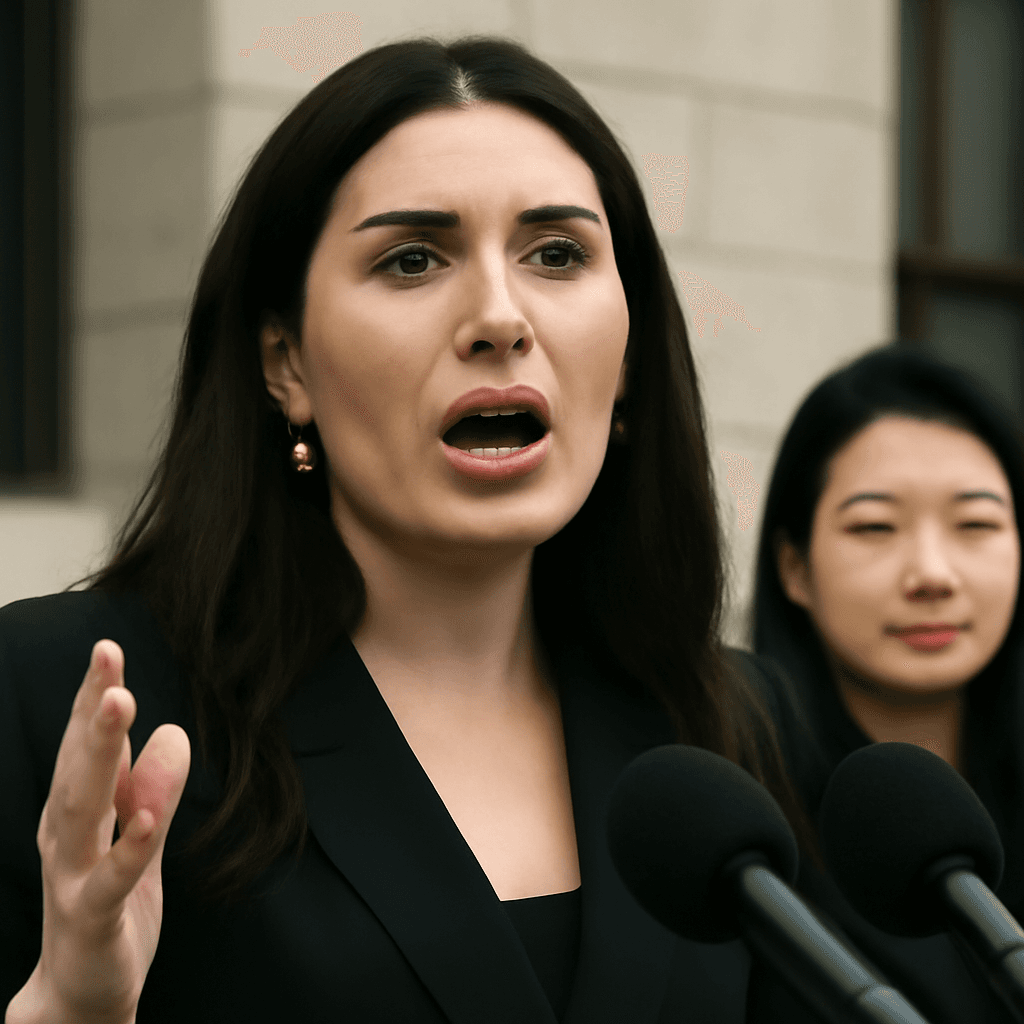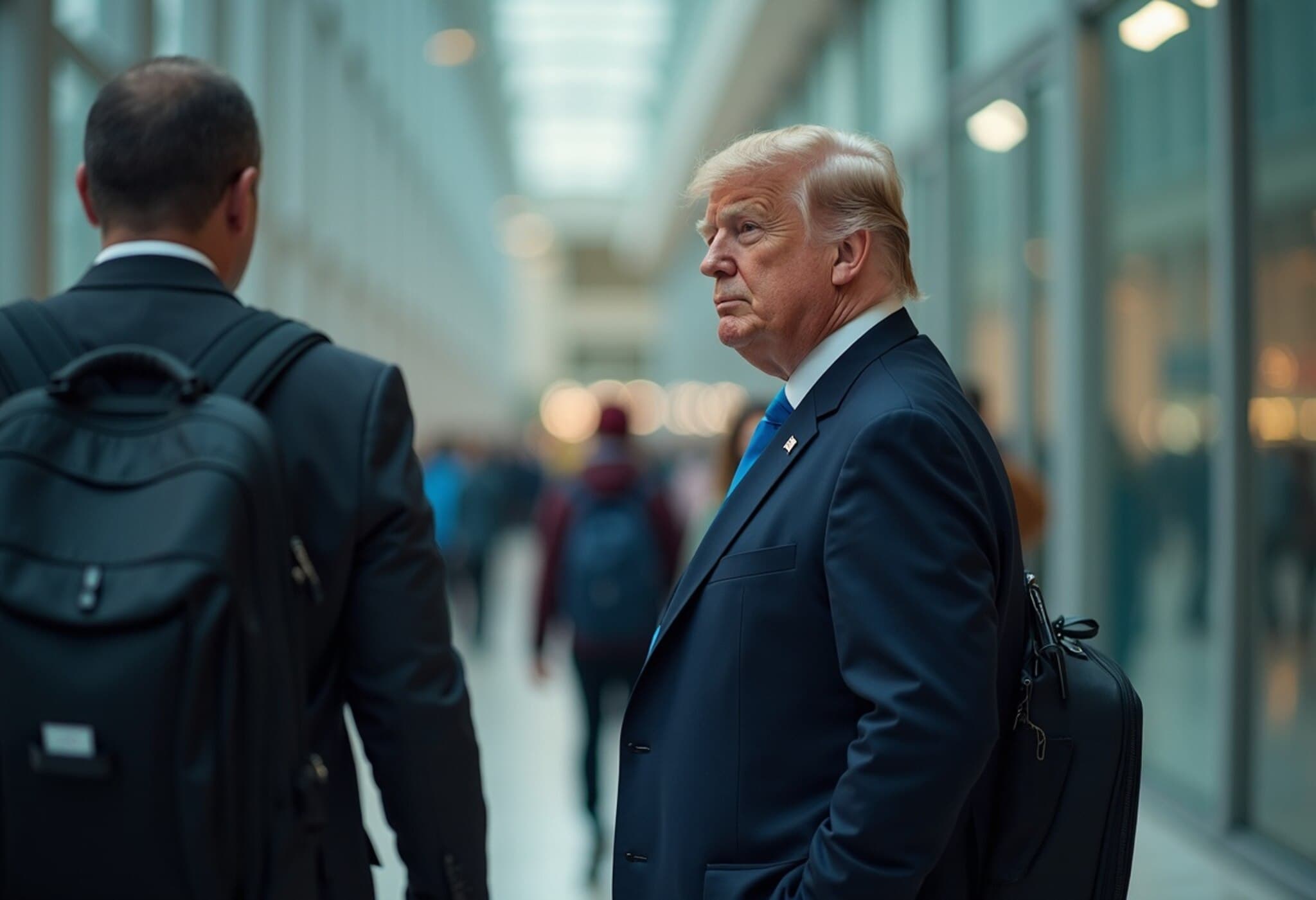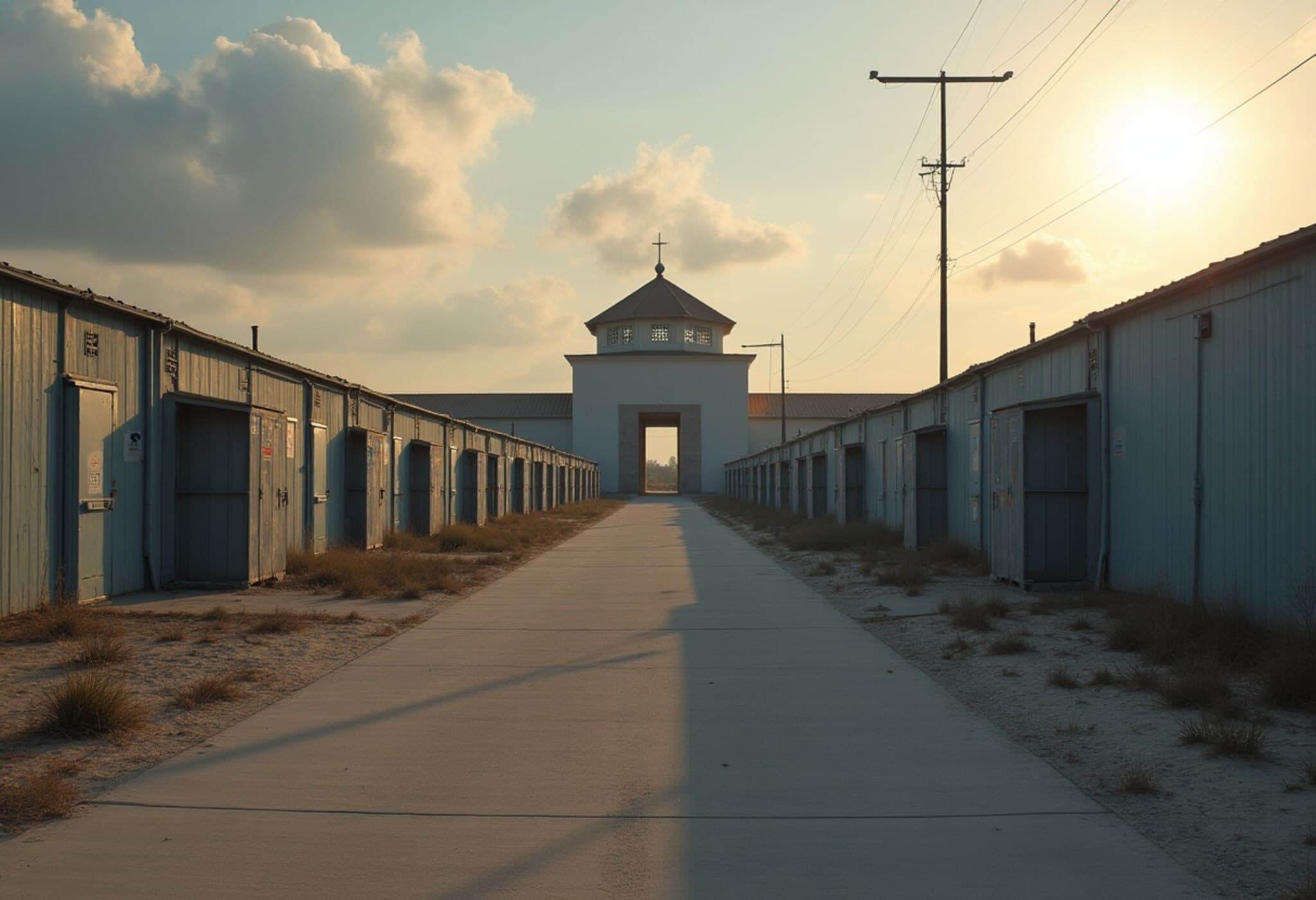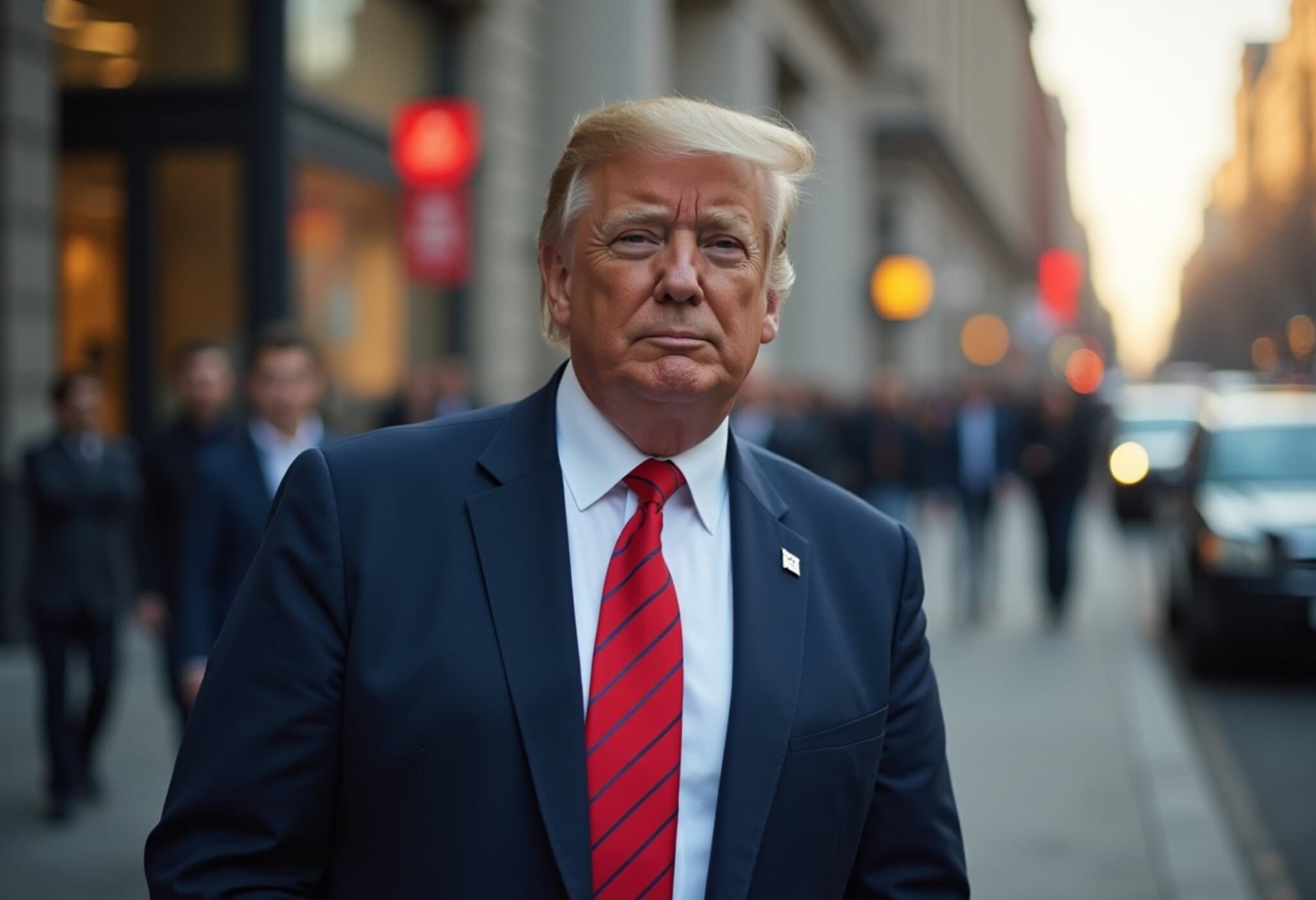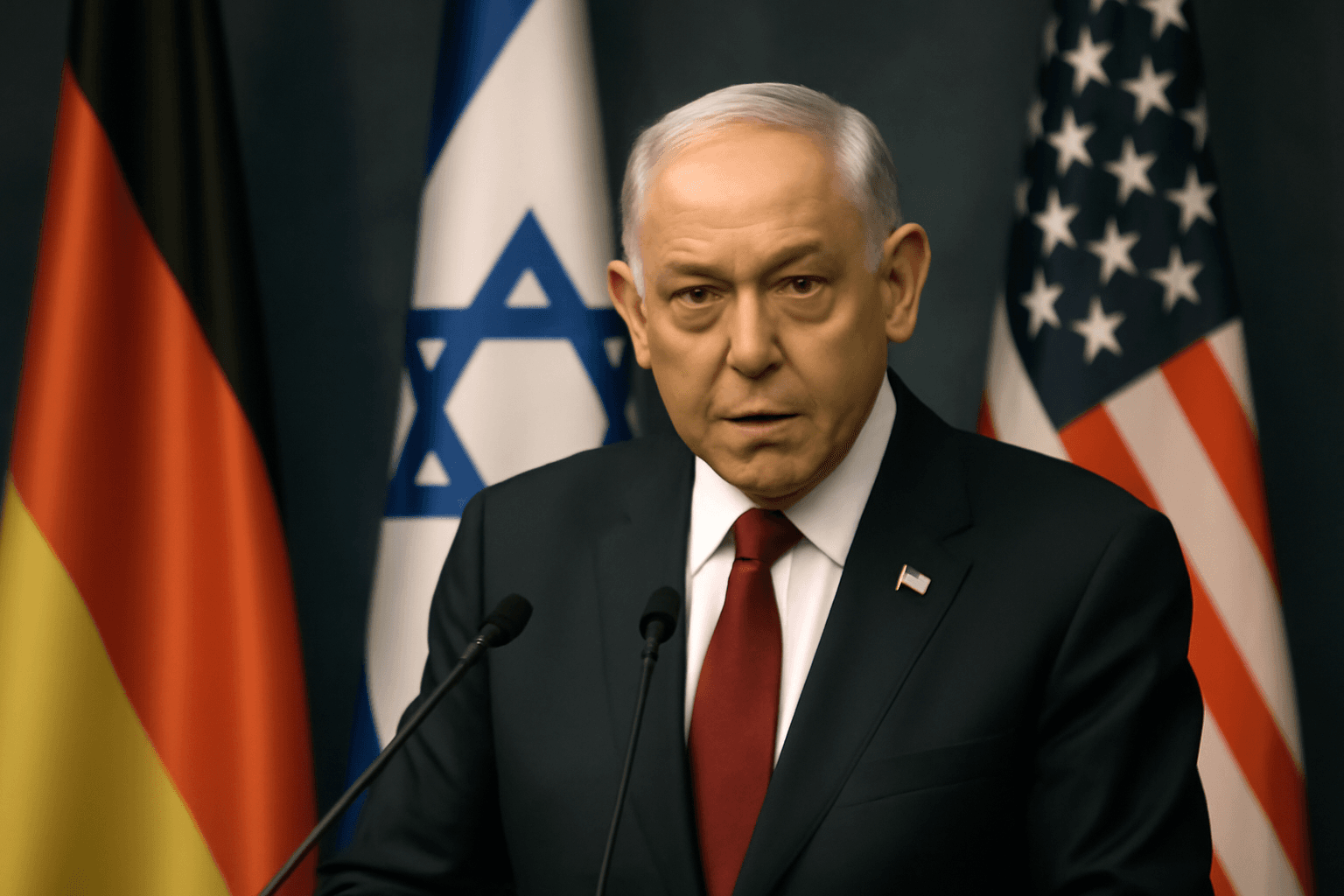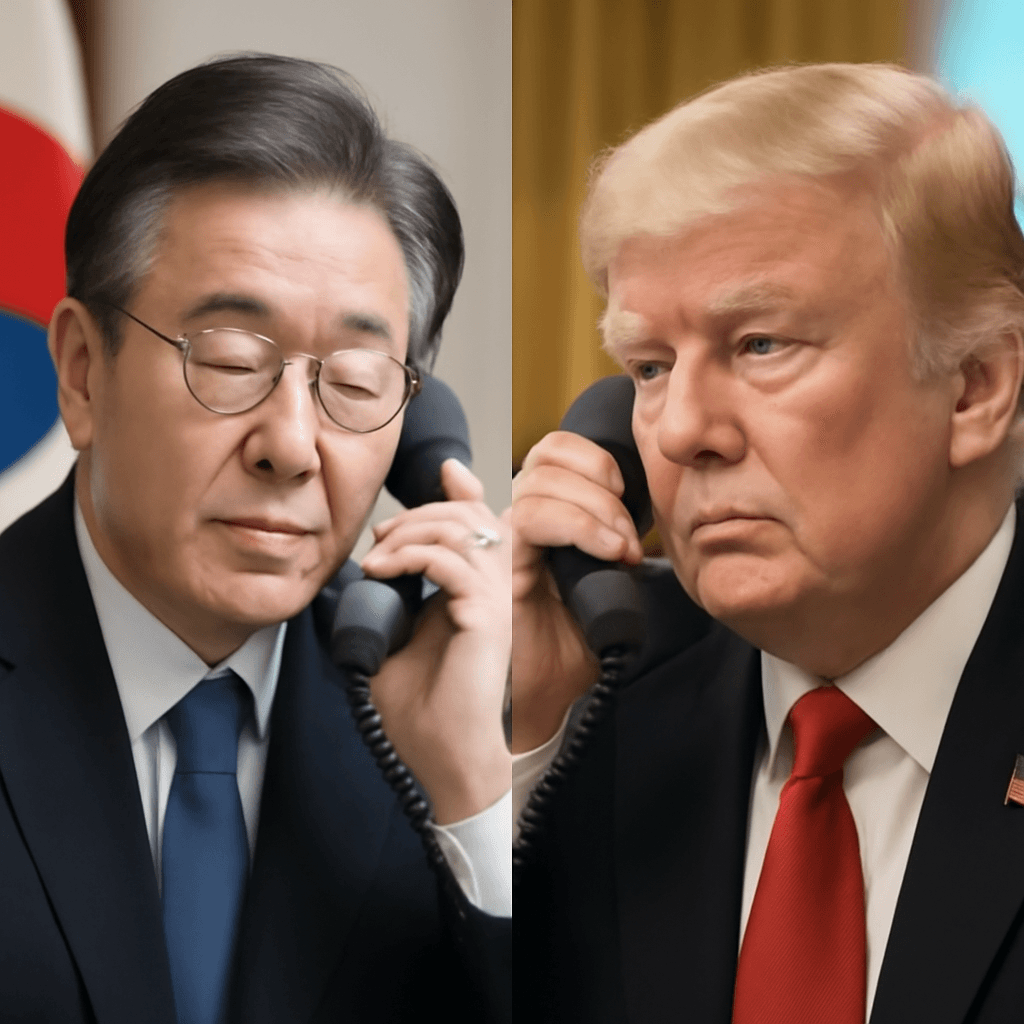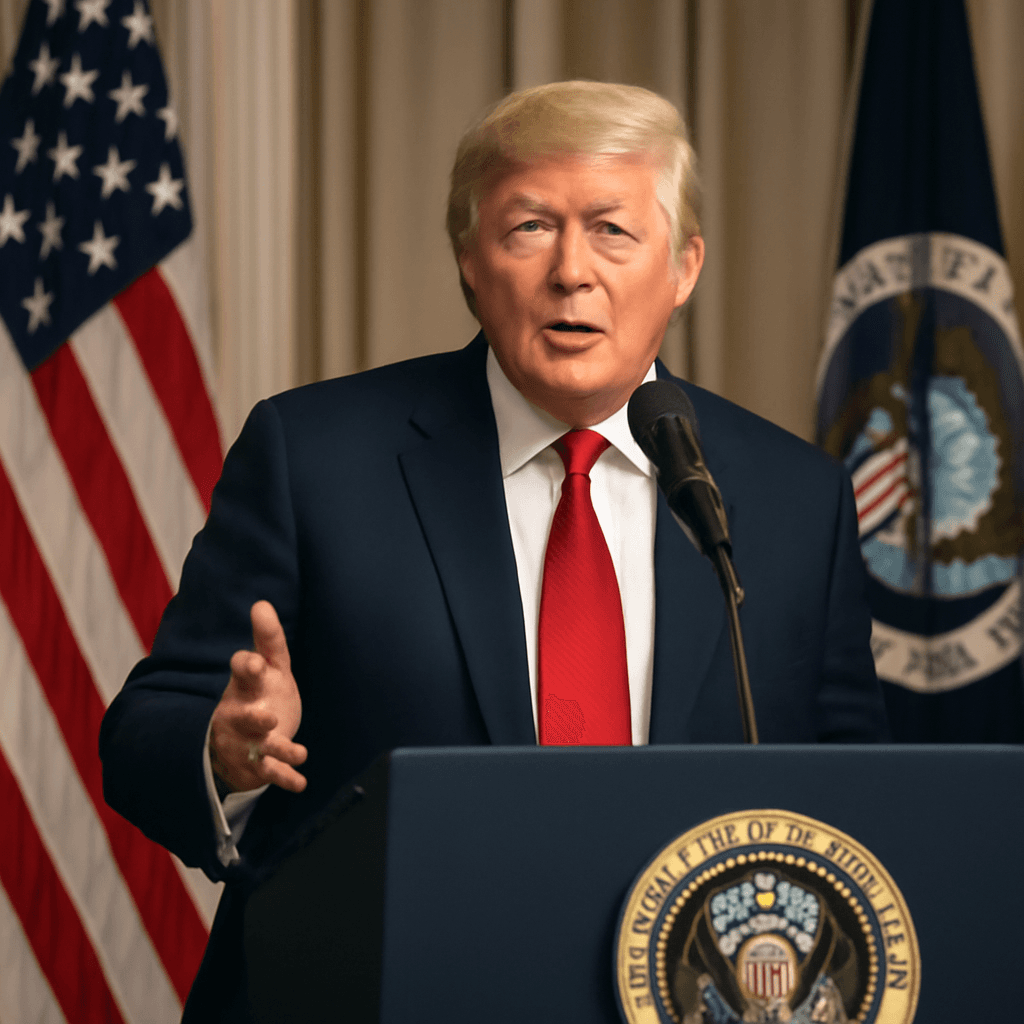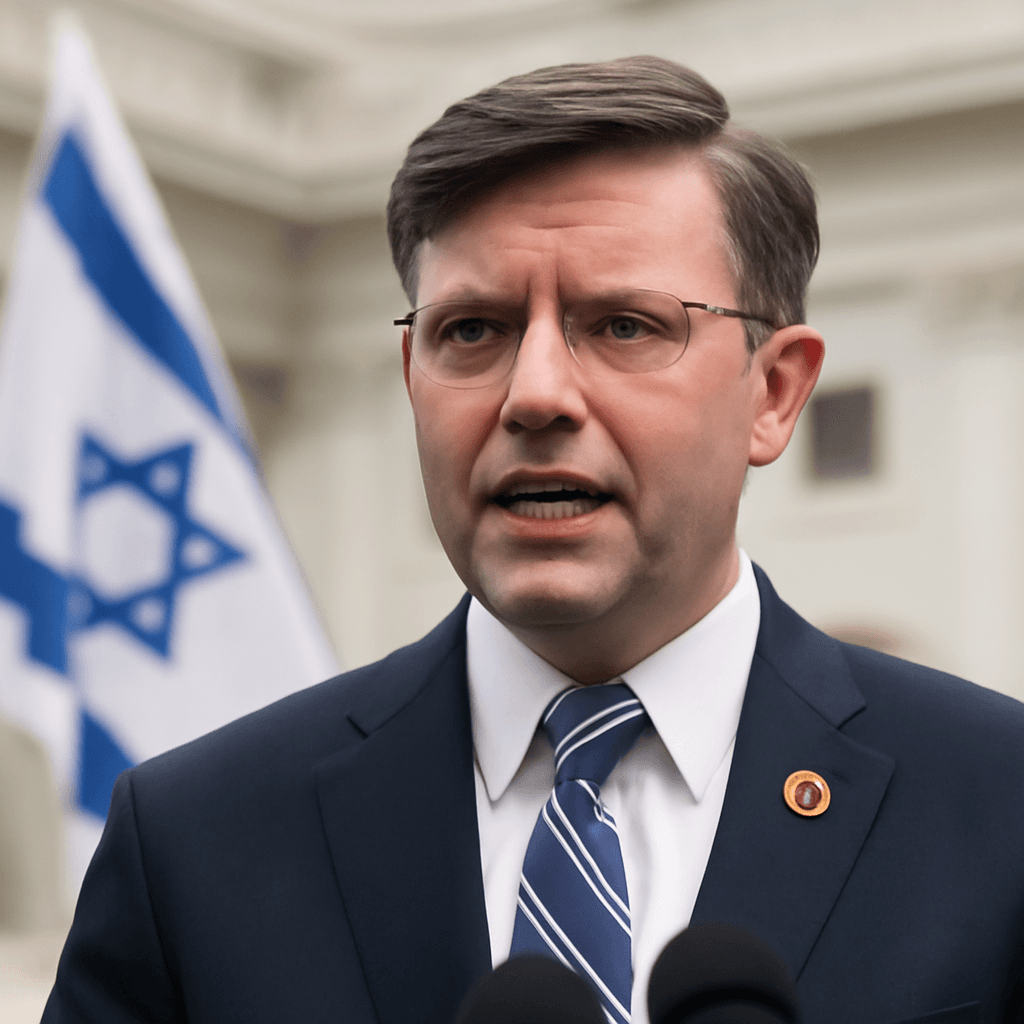Trump’s Crackdown on H-1B Visas: A Potential Blow to America’s Economy and Innovation
In a move that has stirred intense debate, former U.S. President Donald Trump’s administration has initiated a crackdown on H-1B visas, a program that has long been a cornerstone for bringing skilled foreign professionals into the American workforce. Critics argue this policy shift could have far-reaching consequences, not just for immigrants but for the U.S. economy and global competitiveness.
Understanding the H-1B Visa and Its Role
The H-1B visa program allows American employers to temporarily hire foreign workers in specialty occupations, predominantly in fields such as science, technology, engineering, and mathematics (STEM). The tech industry, which heavily relies on talent from countries like India, views this visa as critical for maintaining its innovation edge. Companies like Amazon, Google, and Microsoft employ thousands of skilled H-1B visa holders, many of whom are Indian nationals.
The New Policy Push: A Closer Look
Commerce Secretary Howard Lutnick recently voiced strong criticism of the H-1B system, describing it as a “scam” and vowing reforms aimed at prioritizing higher-earning visa recipients. He lamented that the current system reportedly allows individuals making less than the average American wage to obtain visas, suggesting that changes will implement a more selective “gold card” system.
While the administration frames this crackdown as a way to protect American jobs, experts warn that such policies could inflict unintended damage across several key sectors.
Five Major Risks Posed by the Crackdown
1. Talent and Innovation Shortfall
The U.S. tech sector depends heavily on a diverse and skilled workforce. Indian professionals constitute a significant percentage of STEM employees, driving innovation and maintaining global leadership. Historical data shows that Indian immigrants have been among the most reliable contributors to these fields, with virtually no major reports linking them to intellectual property theft—unlike concerns surrounding other foreign nationals in different contexts.
Ironically, while the administration welcomes a surge of Chinese students, it clamps down severely on Indian workers, revealing a contradictory stance that raises questions about the underlying policy motives.
2. Economic Impact Beyond Employment
- Tax Contributions: H-1B visa holders pay federal, state, and local taxes, supporting public services and infrastructure.
- Consumer Spending: Their expenditure on housing, goods, and services fuels local economies and sustains hundreds of thousands of American jobs.
- Company Viability: Many American companies rely on these employees to fulfill roles critical to their operations, directly influencing their competitiveness and growth.
Removing or restricting this workforce could lead to decreased tax revenue and economic contraction, particularly in innovation-driven regions.
3. Erosion of Global Competitiveness
America’s historic appeal to the world’s top talent has been a pillar of its economic prowess. However, stringent immigration policies risk driving skilled professionals to other nations actively seeking their expertise—such as Canada, the United Kingdom, Australia, and notably China.
As geopolitical rivalries intensify, losing this competitive talent advantage could have long-term ramifications for America’s standing in technology and science.
4. Disruption to the Education Sector
U.S. universities, many of which host large contingents of Indian students and faculty, stand to suffer. These institutions not only gain intellectually from diverse international talent but also financially from tuition fees and research grants. Curtailing pathways to work in the U.S. after graduation can diminish their appeal and revenue, weakening higher education’s role in innovation ecosystems.
5. Decline in Entrepreneurship and Job Creation
Indian immigrants have been instrumental in the American startup scene—founding companies, driving innovation, and generating U.S. jobs. Figures like Aravind Srinivas of Perplexity AI exemplify the entrepreneurial spirit immigrant professionals bring.
Limiting H-1B visas reduces these opportunities, potentially deterring aspiring entrepreneurs and innovators, which ironically may lead to fewer American jobs and slower economic growth.
Expert Insights and Policy Implications
From a policy analyst’s perspective, the crackdown risks undermining critical economic sectors by ignoring substantial evidence that immigrants contribute positively across multiple dimensions. The proposed criteria to prioritize higher earners, while seemingly meritocratic, could overlook emerging talents or undervalue diverse contributions, stifling innovation in less traditional but promising fields.
Moreover, this move might exacerbate diplomatic tensions with India, a key U.S. ally and economic partner, potentially affecting broader bilateral relations beyond immigration policy.
Conclusion
While protecting domestic workers is a legitimate objective, broad-brush immigration crackdowns risk collateral damage that could set America back in the global race for talent and innovation. With policymakers reconsidering the balance, a nuanced approach that safeguards job opportunities while embracing skilled immigrants remains essential for sustained economic growth.
As the U.S. wrestles with immigration policy reforms, the H-1B visa stands at a crossroads. This article highlights not only the economic costs of stringent visa restrictions but also underscores a broader question: How can the U.S. maintain its welcoming stance toward global talent while addressing legitimate labor market concerns? The answer will shape America’s technological leadership and economic vitality for decades to come.


